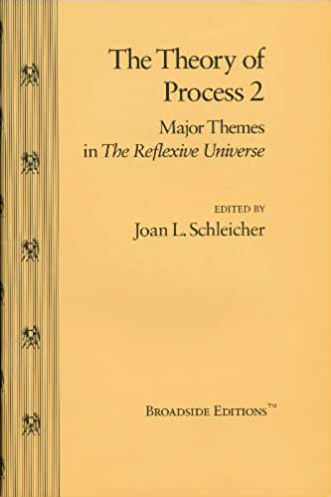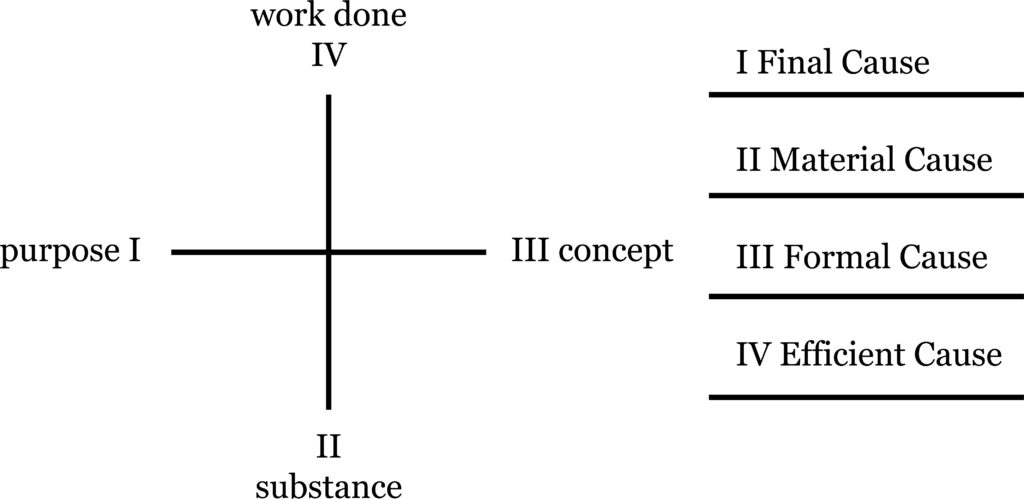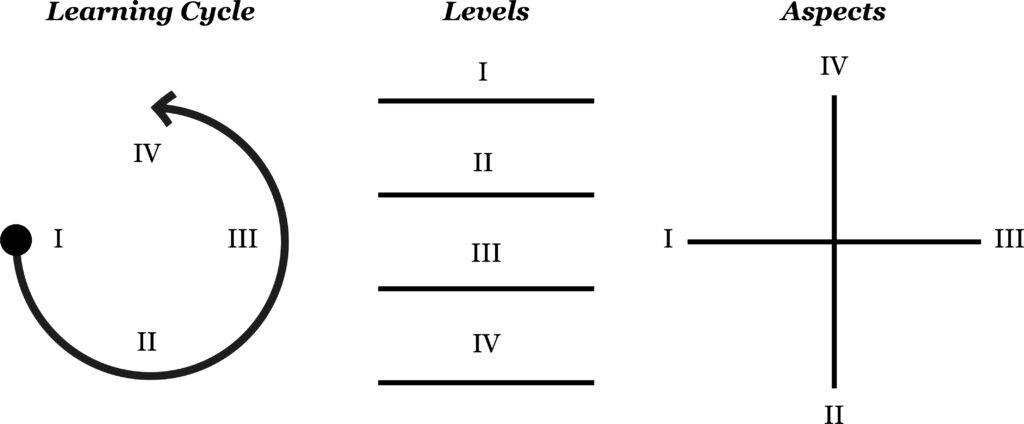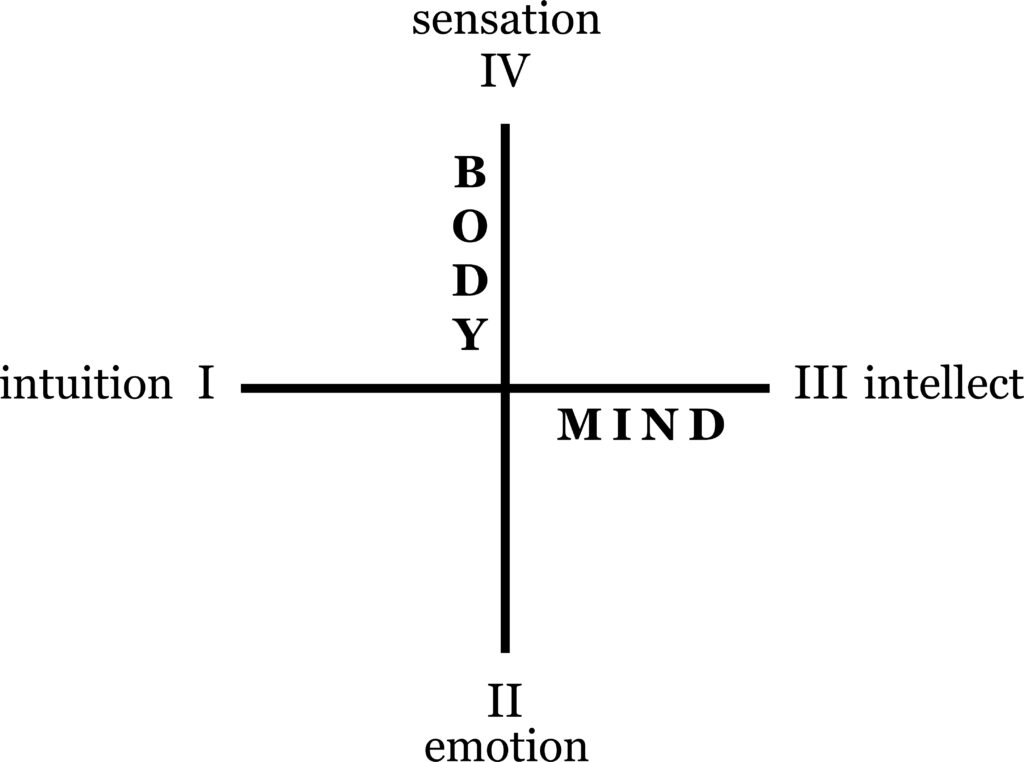A Selected Excerpt

The Dynamic Universe
The concept of “process” is the single most overarching and inclusive term in Young’s theory and a good starting point for a systematic consideration of his ideas. Process is a description and an interpretation of how the universe works. Young uses the term interchangeably with “time-structure,” suggesting an underlying and definable dynamic. Process is initiated by a purposive, goal-seeking thrust, an initial venturesomeness that pushes it ahead. At its most fundamental level, the universe is a process put into motion by purpose, analogous to a learning experience. Ancient cosmologies speak of God wanting to know himself, seeking to actualize that which was only potential. This same undeniable thrust toward actualization is the essence of what Young means by process.
Thus, Young recognizes both “‘first cause” (in the guise of purpose) and a teleological (directed toward an end) design in nature, two admissions to theory that modern science has scrupulously avoided. Since at least Sir Francis Bacon, science has limited itself to the consideration of secondary causes, rendering itself a partial theory of the nature of reality. Young’s aim in the theory of process is to achieve a comprehensive theory or metaparadigm that includes and is thoroughly consistent with the best science but which is capable of dealing with nonobjective, nondefinable aspects of reality beyond the accepted limits of science.
Young’s investigation of how process works led him to some profound insights into the nature of reality. At the most general level, process or time-structure exhibits several features. It incorporates “the arrow of time,” the basic asymmetry of time, always moving ahead from the past through the present into the future. Young rejects the assumption of relativity theory that time is dimensionally interchangeable with space. The fundamental irreversibility of time must be included in any basic cosmological statement.
Process is defined as a series of actions or operations taken to reach an end. Process, accordingly, Young concludes, must have direction, build on itself, and use means to attain its goal, these means being determinate or predictable if they are to be effective. The free, initiating, creative play of purpose needs fixed laws, constraints, and a deterministic framework through which to realize its goal. Young’s process paradigm deals expressly with this interplay of freedom and constraint.
Fourfold Reality
Young has discovered a specific pattern, an explicit design to process that repeats itself again and again in nature. The “structure” of “time-structure” has four categorically distinct aspects. Two of these aspects are objective while two are nonobjective or projective. Young devotes much of his second book, The Geometry of Meaning, to an exposition of the fourfold.
The importance of the discovery of fourfold reality to the construction of a New Age paradigm cannot be overemphasized. Science assumes that reality is monistic, i.e., that there is only one kind of ultimate substance. Mind, for example, is generally viewed as an epiphenomenon of the brain, not as part of a basic dualism in nature. New Age thinking, on the other hand, tends to accept a dualistic or loosely defined “multidimensional” view of reality, making a distinction between objective and nonobjective reality. Physicist David Bohm’s contrast of explicate and implicate order points in this direction as does Carlos Castaneda’s popularized teaching of “a separate reality.” Young alone, however, has seen the power and necessity of a fourfold analytical interpretation of objective and projective reality. In order to function, universal process requires not one but two dualisms, two pairs of opposites that mediate each other.
The concept of fourfold reality is the formal entry into the theory of process. Unless one grasps it the full power of Young’s insights and the formal integrity and validity of the theory will be missed. This is a major stumbling block since the concept is so totally foreign to most scientifically conditioned, rational thinking.
Why four and why only four? Young attempts to answer the question in several ways. Possibly the most accessible explanation is found in his example of the learning cycle.

This example is important because it emphasizes the unitary and cyclical nature of reality which, when analyzed, is broken down into four parts. It is essential to remember in the following discussion that Young views process as a unity, a dynamic potency whose division into aspects creates a tension between the parts. This is a cosmological principle of the first order: the parts are preceded by and derived from the whole and can only be understood with reference to the whole. The reductionist approach in science, in contrast, assumes that the parts are fundamental.
Young describes how the child learns. He reaches out in a spontaneous act or in curiosity to feel some strange object. This is the instinctual starting place of learning, (I) thoughtless or unconscious action. If he touches a hot stove, he withdraws his hand instinctively in pain, (II) unconscious reaction. Next he observes the situation, reflecting on what has caused him pain. Eventually he makes the mental connection that signals an awareness of the situation, (III) conscious reaction. Finally he incorporates and applies that awareness to future encounters with stoves, exercising deliberate action or control, (IV) conscious action. Thus, there are four aspects in this learning cycle: (I) impulse, (II) feeling, (III) reason, and (IV) control or manipulation of physical reality. Through this cycle, the child acquires a conscious grasp of the world.
The proposal that these particular four distinctions are the correct and only way to categorically divide the flow of the cycle is given support by ancient philosophy. Young feels that the ancients had a far more profound, albeit intuitive, understanding of the universe than does modern man. Many of the ancient symbol systems, esoteric traditions, and mythologies incorporate a fourfold distinction and offer valuable clues to any attempt to verbalize the four aspects. The “four causes” of Aristotle are a good example. Aristotle analyzes an object such as a table in terms of four causes or aspects: (I) a final cause, its purpose; (II) a material cause, the substance from which it is made; (III) a formal cause, the blueprint or concept that guides its construction; and (IV) an efficient cause, the actual work of the carpenter in making the table. In the theory of process Young defines these four aspects of reality as: (I) First Level–purpose or potential, (II) Second Level-substance or value, (III) Third Level–form or concept, and (IV) Fourth Level–combination or formed substance.
Young represents the fourfold alternately as a set of coordinate axes and as four layers or levels. These diagrams show a categorical distinction between objective (quantifiable, measurable, verifiable) reality and aspects of reality that do not lend themselves to objective study and communication.

We have little difficulty in acknowledging the objective physical reality of our sense perceptions or the objective mental reality of concepts, language, mathematics, and logic. Both are subject to confirmation and communication independent of the observer. Note that we are recognizing two types of objective reality-one is physical and the other is mental and nonphysical. It is less easy for us to understand nonobjective reality because of the focus the modern Western mind has on objective reality.

Returning to our earlier example of the fourfold, Aristotle’s four causes, we can show that the ancient recognition of nonobjective reality was lost to modern science. Aristotle’s final and formal causes were assigned by Bacon to “metaphysics” since they were less discernible in nature (being noumenal rather than phenomenal). “Physics” appropriately studied the material and efficient causes: the substance undergoing change and that by which change was produced. Gradually these two branches of “natural philosophy” were separated and by the time of David Hume the term “cause” meant only “efficiency,” the energy expended to produce an effect. Natural science had become limited primarily to description rather than broad explanation. Efficient cause was regarded as the only cause. The fourfold causal order of Aristotle was reduced to the simplistic relation of cause and effect and to the modern dogma of determinism.
Young’s treatment of fourfold reality is above all an attempt to reinstate these forgotten causal aspects, to give nonobjective realities the formal status they deserve in a holistic understanding of universal process. He begins by renaming the nonobjective, or what we commonly call “subjective,” as “projective.” Subjective suggests that these lost realities are merely creations of our individual minds, having no reality outside of our inner subjective experience. Young makes the important point that the concept nonobjective or projective applies to the universe as a whole, not just to us. The solar system, for example, can be viewed as a purposeful organum that generates meaning and that “experiences” powerful forces and feelings. The ancients had the insight that man was a microcosm that mirrored the macrocosm of the cosmos. The theory of process comes to the parallel conclusion that all systems that are “in process” share the same basic fourfold anatomy.
Just as objective reality actually comprehends two distinct aspects, one that is objective and physical and a second that is objective and nonphysical or mental, projective reality may be resolved into two separate aspects. Young describes these as (I) purpose and (II) substance or value. To the individual these are respectively our decisions or actions, and our emotions or “charged” motivations. At the cosmic level the two projective realms correspond to “first cause,” the nonphysical, completely immaterial (i.e., “spiritual”) active principle that initiates process, and to the underlying protective “substance” from which the universe is built, a substance that is both physical (although unformed in atomic structure) and psychic (emotionally charged). We will return later to the distinction between these two projective realms using physics as an illustration. An example that may be more familiar to the reader is provided in the depth psychology of Carl G. Jung. Jung’s exploration of the unconscious was essentially an exploration of projective reality. Jung’s realm of archetypes per se (archetypal contents) is coextensive with the second of Young’s projective realms, that of “substance.” The first projective realm is totally ineffable.
With the introduction of the diagrams of four levels and four aspects we gain something and we lose something. The reader may object, “How can you reduce reality to a two-dimensional mapping on a sheet of paper?” The answer is that you can’t. Here we encounter the first of the simplifications and approximations in Young’s theory, used in the service of advancing our understanding. Young, in his years of working on the helicopter, became a master of physical reality, developing his analytical skills through the use of simple models. In the theory of process, he uses this skill to extract profound meaning from deceptively simple formalisms like the fourfold. It is important to start with “first principles,” Young argues, and to establish firm foundations before one wrestles with potentially confusing multidimensional geometries and advanced mathematics. The theory of process is primarily a conceptual or Third Level “mapping” activity, as is any effort to develop a paradigm. The map is not the reality, Young readily admits. But we must begin somewhere, as cognizant as possible of total reality and the interrelationship of its various aspects.
Young incorporates another categorical distinction between the four levels that is more subtle than the distinctions of objective-projective, and physical-nonphysical. He represents this distinction as the contrast between discreteness (individuality, the quantum) and continuousness (generality, the continuum) in physics and mathematics. He alternately uses the terms particular and general. The First Level (purpose) has a discrete or particular quality. First cause can be viewed as unitary. Decisions or actions are taken in wholes. We shall also see presently that the photon (the representation of First Level in physics) or light is packaged in discrete units (quanta of action) of invariant size. Fourth Level (formed substance) is also particular in the sense that, in objective physical reality (the three-dimensional space of our sense-perceived reality), no two objects can occupy the same space at the same time. The molecules of physical matter are in effect discrete units (we might say quanta of matter to contrast them with nonphysical light quanta which have no rest mass). The remaining aspects or levels are continuous or general. Second Level (substance) is like a “psychic sea” where archetypes, constantly changing, flow or shade into one another. Third Level (form or concept) is general in the sense that a concept like “table” describes a whole class or group of particular objects.
We can now summarize these basic characteristics of fourfold reality and gain new insights into process (see Figure 3). The four levels suggest a hierarchy or sequence that is “open” at the top. The four aspects, on the other hand, suggest a simultaneity and underlying unity in the sense that one direction of the compass implies all the others.
The diagram of the four levels suggests that the projective levels of reality precede and are hierarchically superior to objective reality; that process requires two mediating, general levels of reality or “media” in moving from a projective, particular origin or source (“pure spirit” or the “ground of being”) to the objective physical universe; and that process alternately uses or requires nonphysical and physical realities. The diagram of the four aspects affords an equally revealing perspective. The basic distinctions of objective-projective and particular-general appear as paired opposites. Fourfold analysis, Young holds, is useful in revealing this “double oppositeness” underlying reality. In a fundamental sense, First and Third Levels and Second and Fourth Levels are opposites of one another. Process requires and uses these distinctions in creating the time-structure of the universe.

The diagram of the four aspects reveals another essential feature of the universe. First and Third Levels are aligned along a nonphysical axis (they share this feature), while Second and Fourth Levels are aligned along a physical axis. (Note that the nonphysical and physical realities stand at 90 degrees to each other, suggesting that they mediate the fundamental oppositions which process constructs.) A cluster of characteristics appear to be associated here. First and Third Levels besides being nonphysical are also nontemporal (not “in time”) and noumenal. Second and Fourth Levels are physical, temporal, and phenomenal.
| I | II | III | IV |
|---|---|---|---|
| purpose unconscious action impulse final cause potential projective nonphysical particular not in time intuition | substance unconscious reaction feeling material cause value projective physical general temporal emotion | form conscious reaction reason formal cause concept objective nonphysical general not in time intellect | material object conscious action control efficient cause combination objective physical particular temporal sensation |
Young uses this distinction to restate and clarify the classic “mind-body” problem. The mind-body dichotomy, he remarks, is not a valid dichotomy but actually represents these “mental” (nonphysical) and physical axes. Fourfold analysis reveals that two heretofore unrecognized dichotomies or dualities underlie the problem.

“Mind” is in fact the dichotomy between curiosity (the need for concept) and knowledge (the concept). Intuition or projective mind is opposite to intellect or objective mind. “Body” is the dichotomy between emotion and sensation (a physical need and its supply). What we might describe as protective body stands opposite to objective body (see Young’s essay, “The Mind-Body Problem,” in Which Way Out pages 127-141).
(c)1991 John S. Saloma









